Sweet, juicy, aromatic…yes, it’s a pear. Different pear varieties ripen from June until winter. From June beauty, through Morettini precoce or Santa Maria, Le Cure and Williams, to Passe crassane, each one is similar, yet so beautiful and different.
Pear was first mentioned in the 8th century AD in Greece. Later, the pear spread all over the world.
After apple, plum, cherry and raspberry, pear is the most common fruit in our region. Pear fruits, especially the Williams variety, are used for the production of brandy. A pear makes do with somewhat more modest amounts of water compared to an apple. This is especially true for earlier ripening varieties.
We produce pear seedlings on different rootastocks. We use wild pear, quince MA and quince BA29 as rootstocks for the production of pear seedlings. Depending on the rootstock and cultivation form, pear seedlings are planted at the largest distance if a wild pear rootstock is used, 4-4.50 x 2-3.5 m. If you plant pear seedlings grafted on MA or BA 29 rootstocks, then the planting distance is reduced, especially if the growing form is a slender spindly bush 3-4m x 1-2m.
Our pear seedlings are produced and grown in our nursery. We use the starting material, bud grafts and rootstocks for the production of pear seedlings from our mother plants, which were planted from pear seedlings of the basic category. The basic planting material is from leading institutes from the Netherlands, Italy and Germany. The mother plants are elongated in locations that have spatial isolation, as well as in specially protected areas, so-called netshouses that are protected with anti-insect nets. Thanks to this fact, we produce pear seedlings of the certified category and for seedlings we have all the certificates issued by the Ministry of Agriculture, Forestry and Water Management of the Republic of Serbia
Showing all 16 results
-
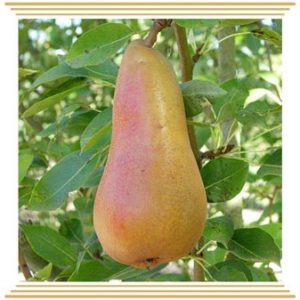
ABATE FETTEL pear fruit seedling
Read more -

BEURRE BOSC pear fruit seedling
Read more -
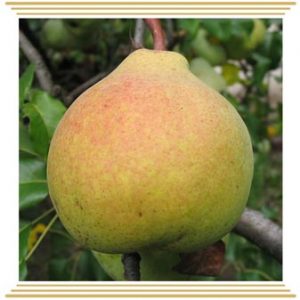
BEURRE HARDY Pear fruit seedling
Read more -

BUTIRA pear fruit seedling
Read more -
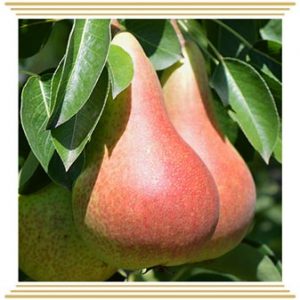
CARMEN pear fruit seedling
Read more -
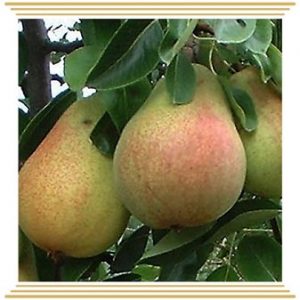
CLAPPS FAVOURITE pear fruit seedling
Read more -
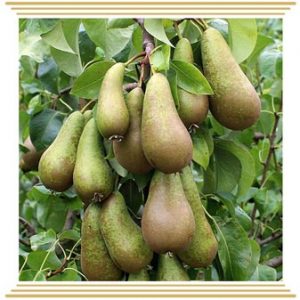
CONFERENCE pear fruit seedling
Read more -
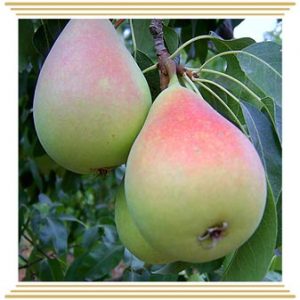
COSCIA pear fruit seedling
Read more -
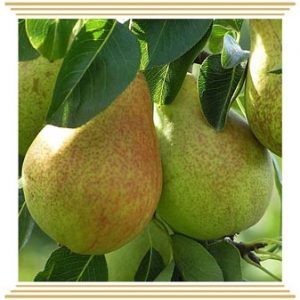
Cure pear fruit seedling
Read more -

JUNE BEAUTY pear fruit seedling
Read more -

KRASANKA pear fruit seedling
Read more -
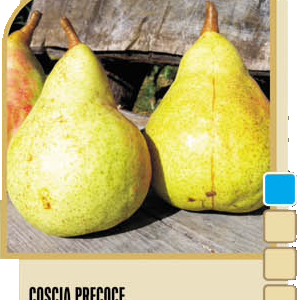
Kruška Coscia precoce
Read more -

RED WILLIAMS pear fruit seedling
Read more -
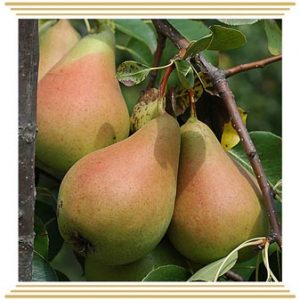
SANTA MARIA pear fruit seedling
Read more -
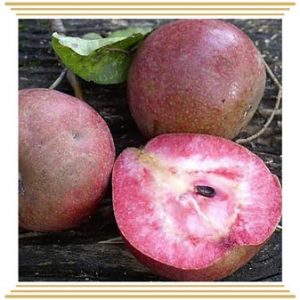
WATERMELON pear fruit seedling
Read more -

Williams pear fruit seedling
Read more


